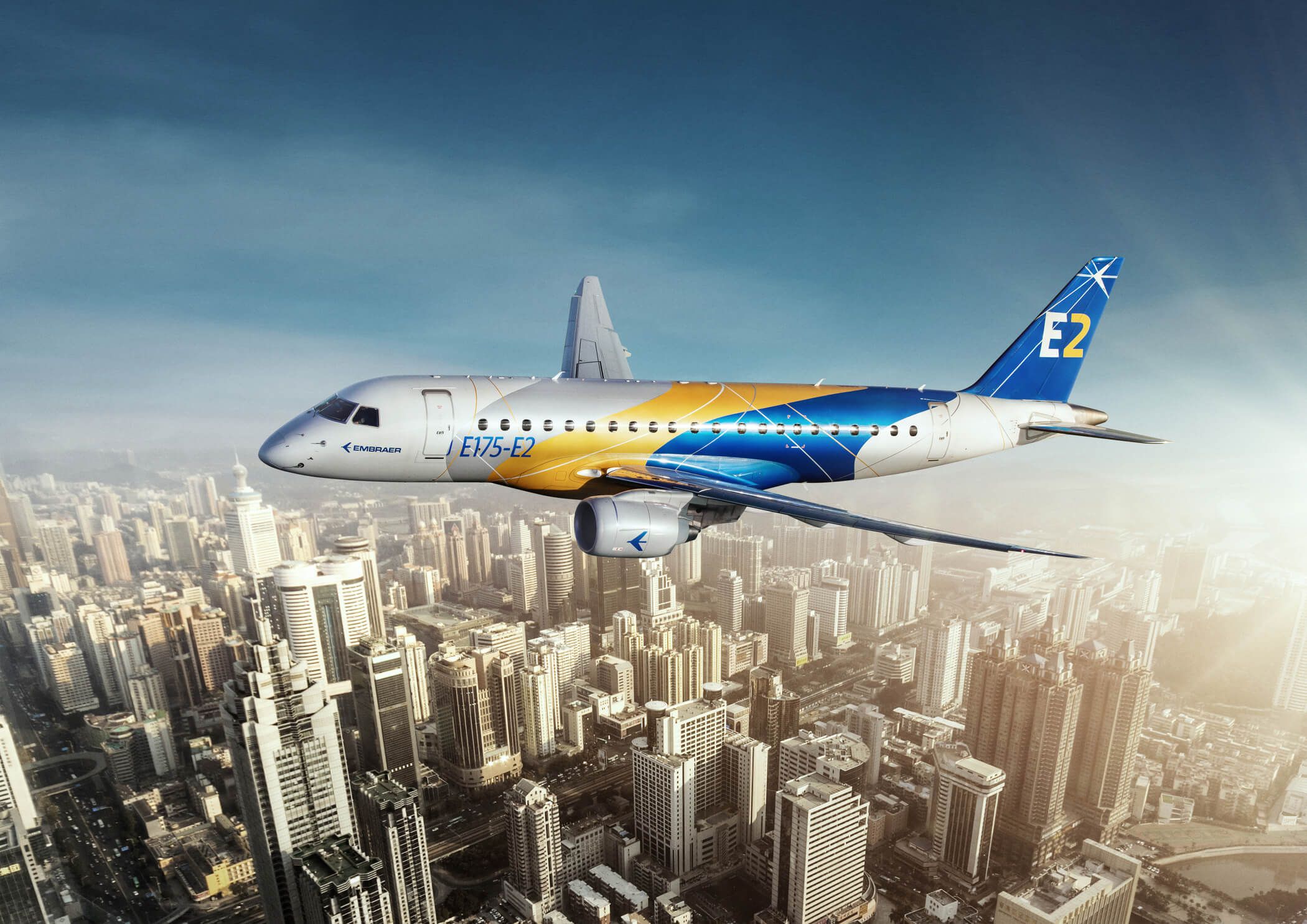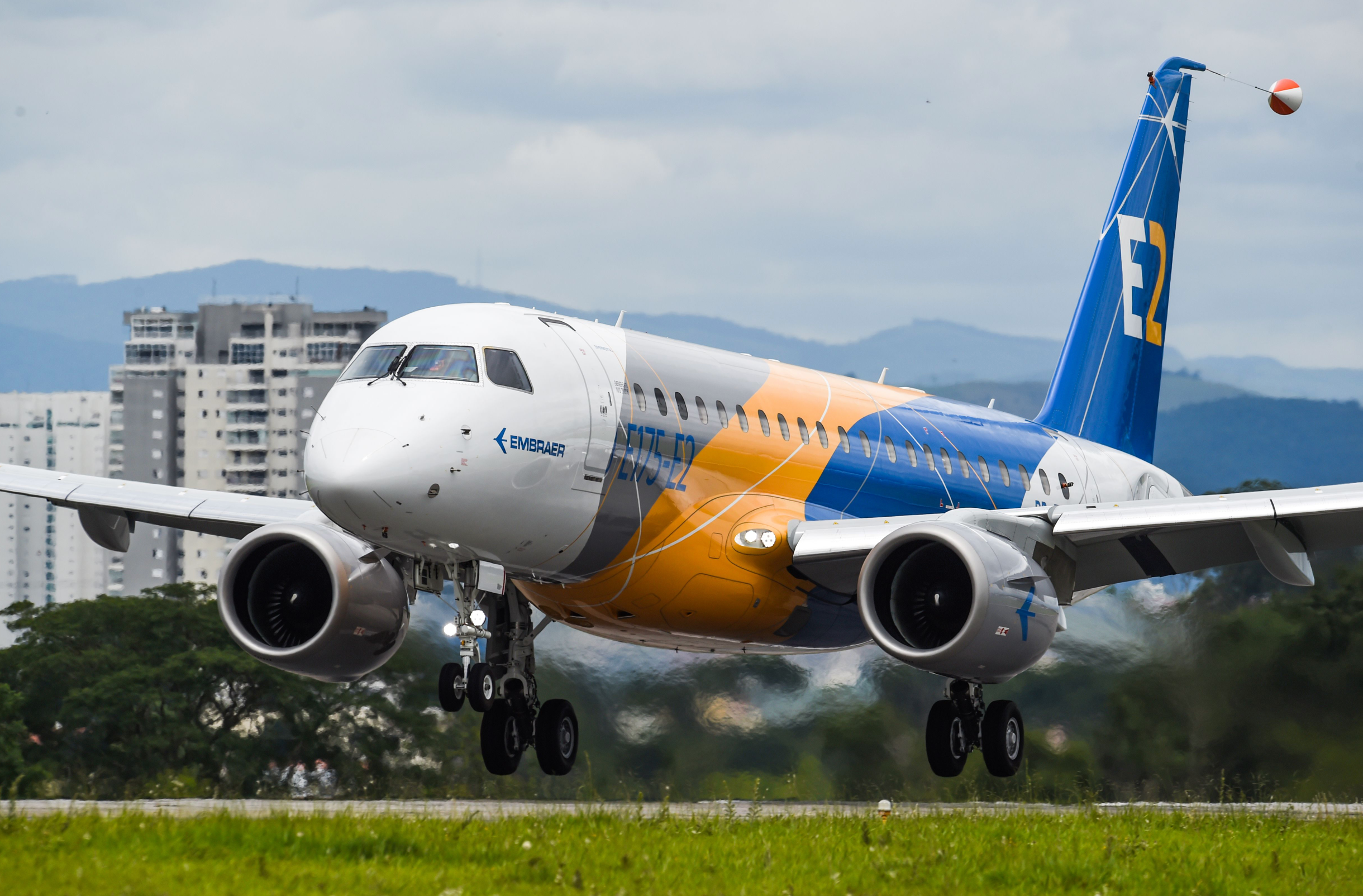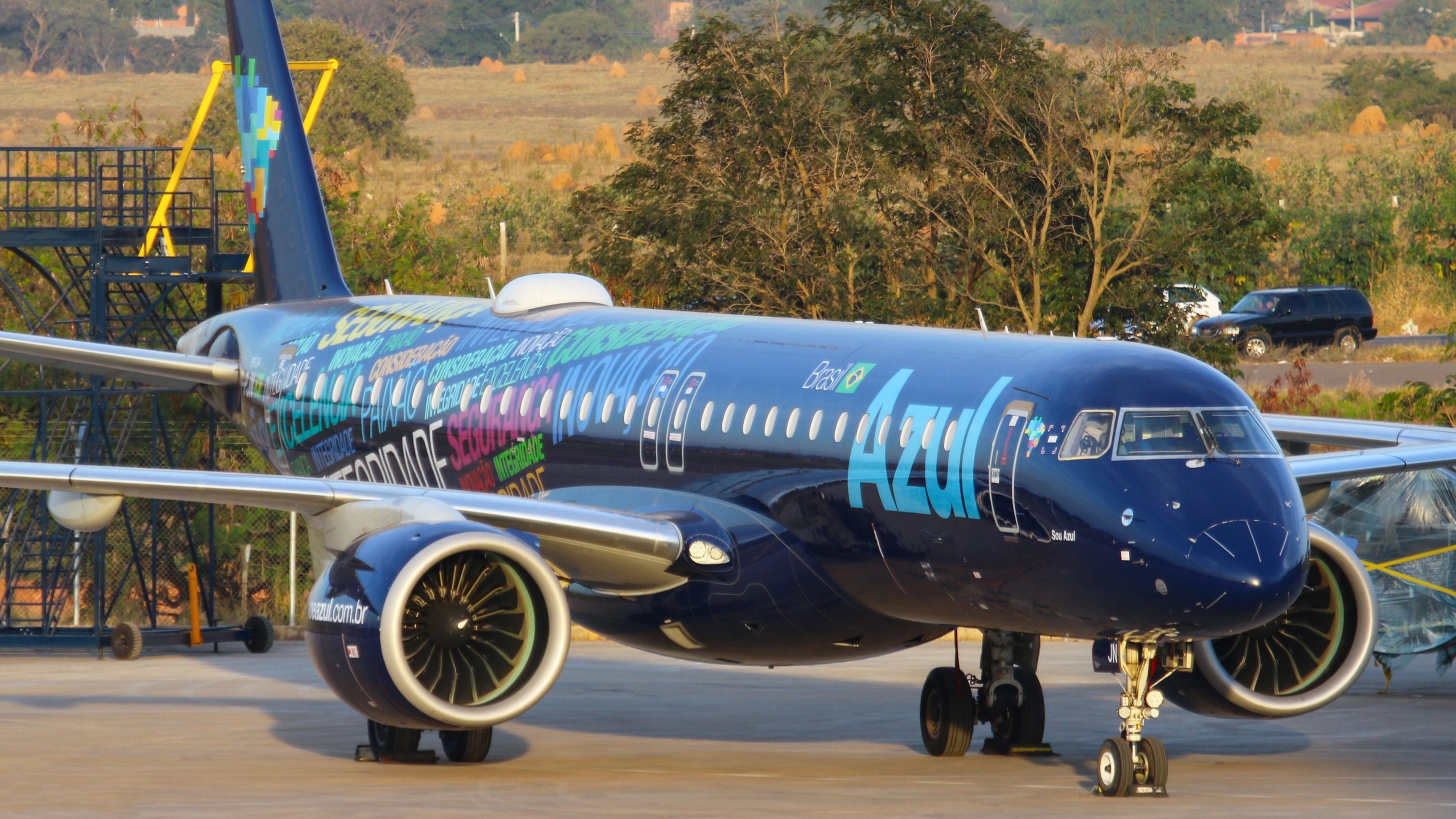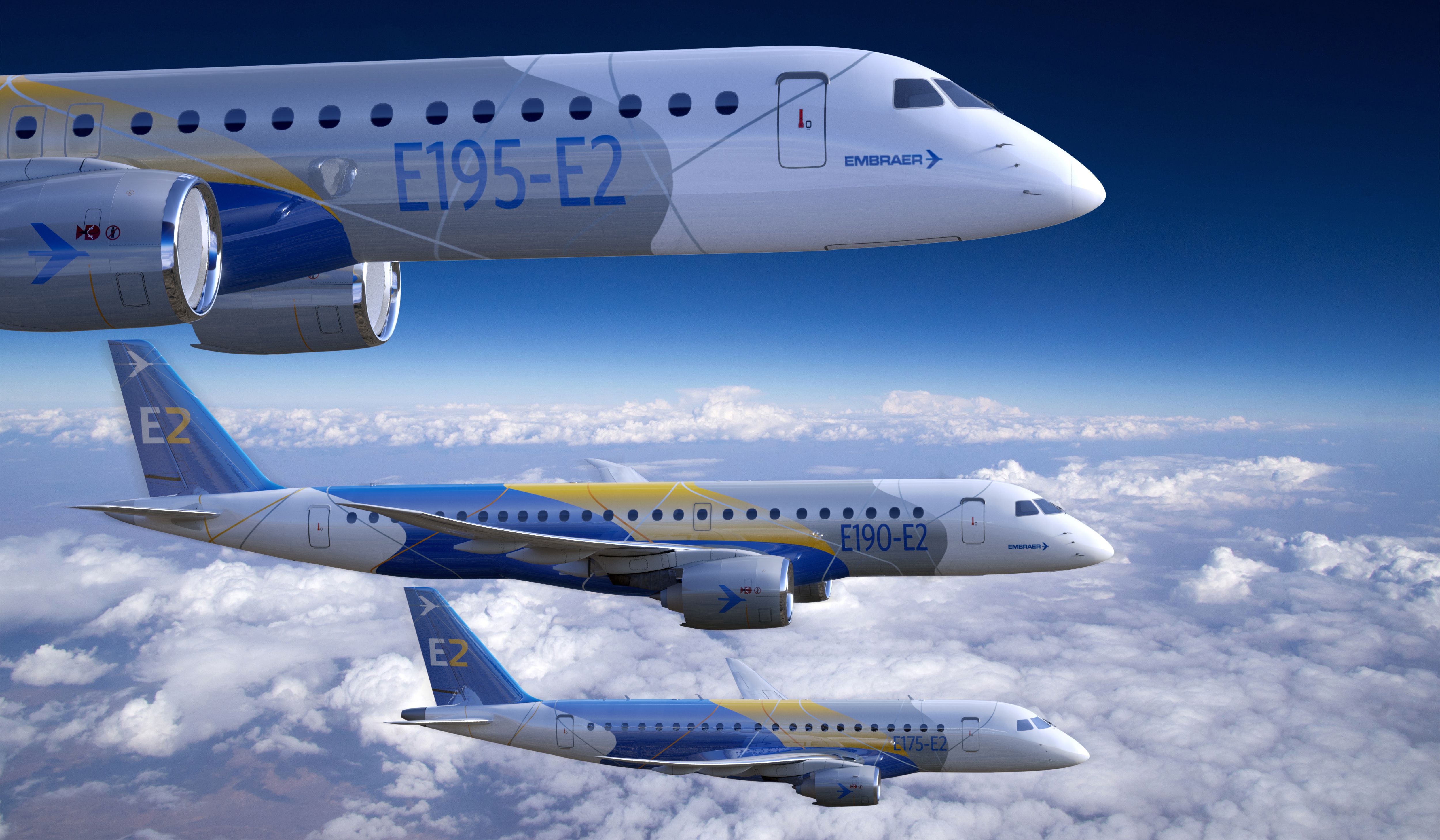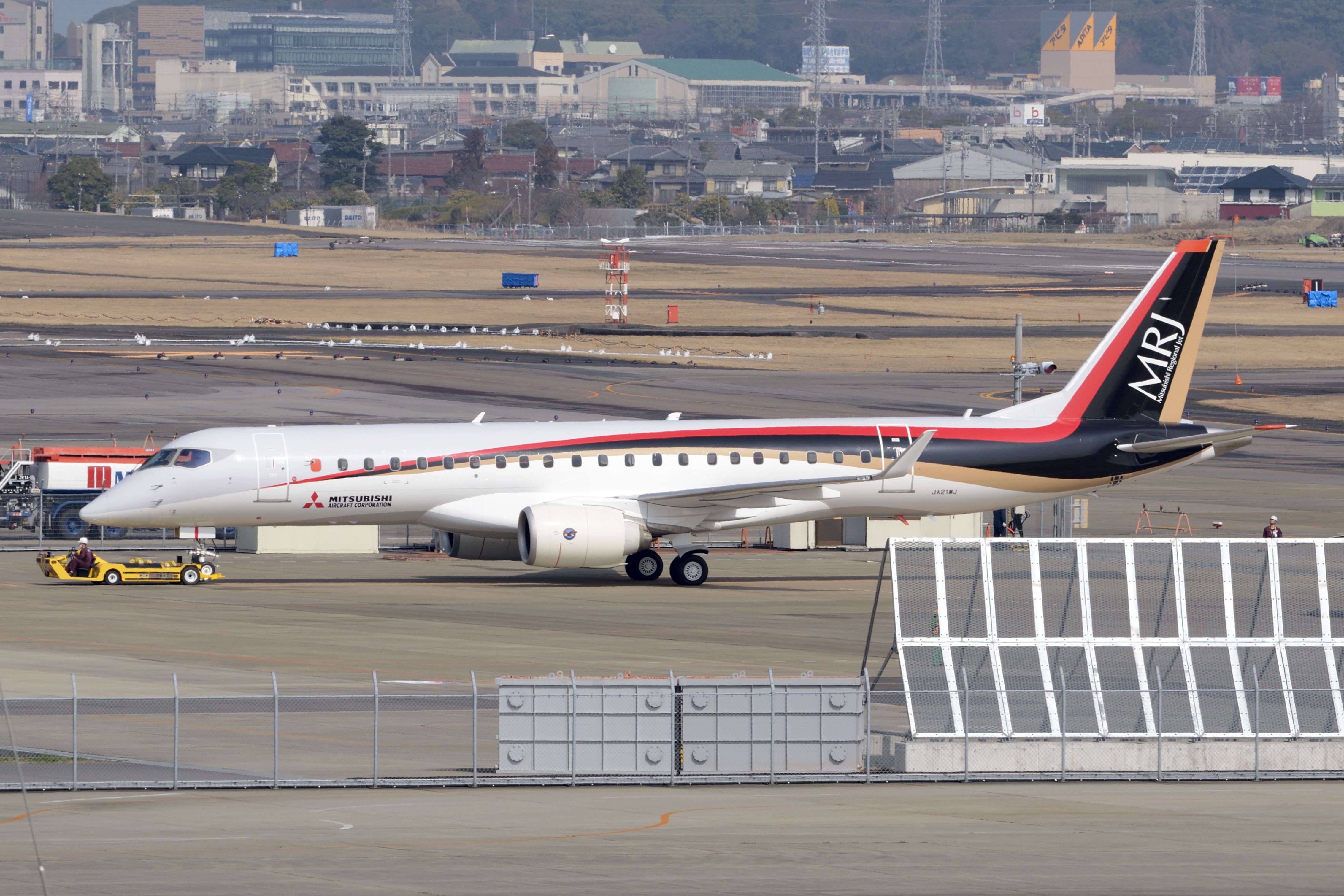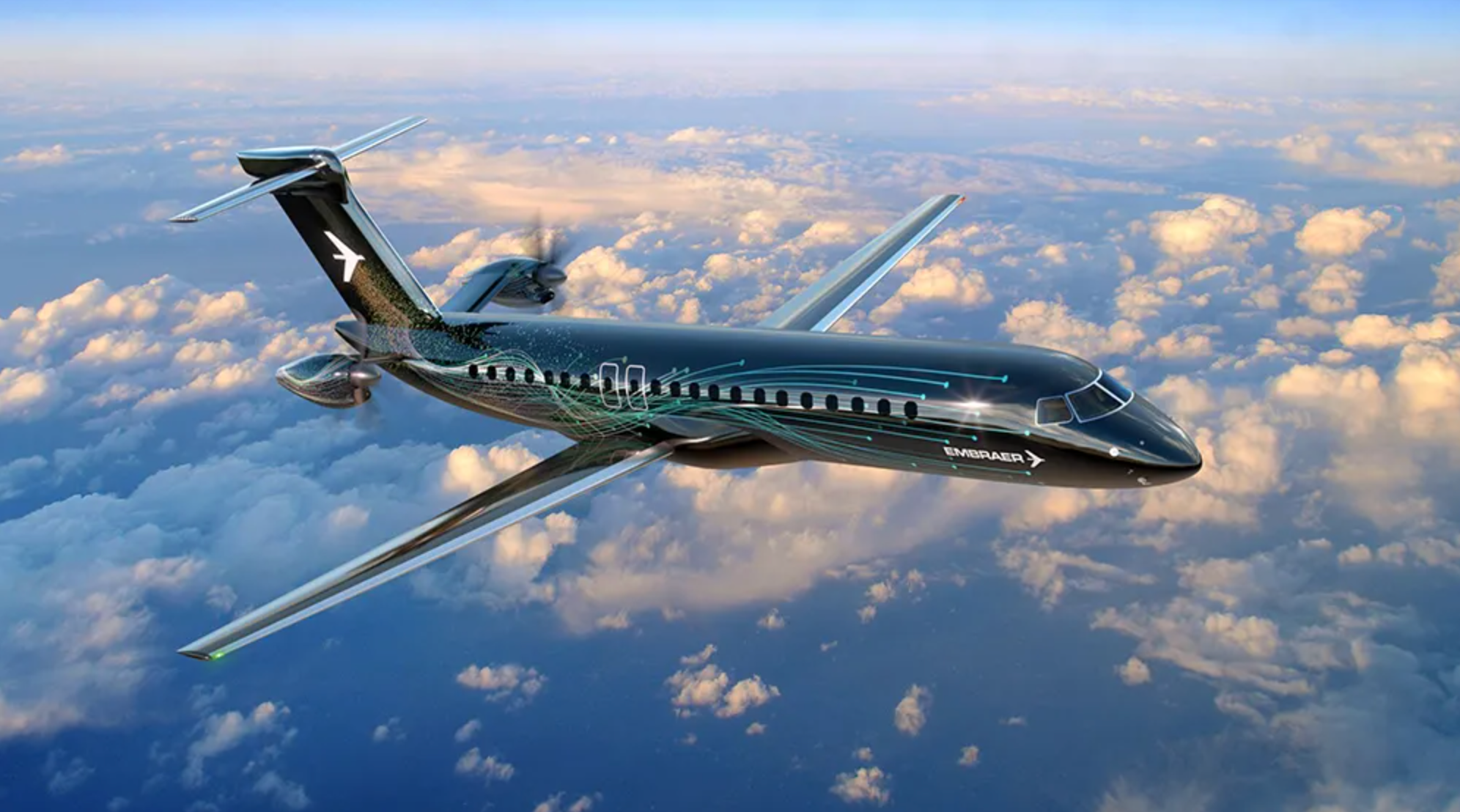Summary
- The Embraer E175-E2, the smallest aircraft in the E2 family, has faced significant delays and remains indefinitely paused due to a lack of firm orders.
- The E2 family, which includes the E190-E2 and the E195-E2, was developed to compete with the Bombardier CSeries (now Airbus A220) and has been well-received by customers.
- The E175-E2 has been hindered by the restrictive scope clause in the United States, which limits the size and weight of regional aircraft, making it difficult for the jet to enter the US market. Embraer is considering shifting focus to their new turboprop aircraft.
On December 9, 2019, the Embraer E175-E2 completed its maiden flight from São José dos Campos, Brazil. The E175-E2 is the smallest aircraft in the Embraer E2 family and can seat up to 126. Embarer’s statement that day stated that the E175 E2 is “the most technically advanced and environmentally friendly new-generation airplane on the market.”
The E175-E2 is the third and smallest variant of the E-Jets E2 family, following the E190-E2 and the E195-E2. These aircraft are the product of Embraer’s efforts at engineering an aircraft that can compete against the rival Bombardier CSeries, now the Airbus A220 series.
Photo: Embraer
When the E175-E2’s first flight, Embraer estimated that the new addition to the E2 family would enter service in the next few years; however, this timeline has been significantly delayed as the E175-E2 remains indefinitely paused as the aircraft type has failed to attract a single firm order.
E2 program
Embraer first unveiled the E2 family, which comprises the E195-E2, E190-E2, and E175-E2, at the 2013 Paris Air Show. During the unveiling of the new aircraft, the Brazilian manufacturer announced that the E190-E2 would have a planned entry into commercial service in 2018, while the E195-E2 would be a year later in 2019, and finally, the E175-E2 was expected to enter into service in 2020.
Photo: Embraer
In 2016, the first E-Jet E2, an E190-E2, took off and entered service just two years later, in late April 2018, with Norwegian regional carrier Widerøe. The E195 E2 followed suit with its maiden flight in late March 2017 and entered commercial service just two years later, in 2019, with Brazilian carrier Azul. Nevertheless, the E2 jet has yet to enter the US market.
The E2 jets boasted a variety of new updates from the older iterations of the aircraft types, such as smaller stabilizers, improved efficiency and performance, and modern fly-by-wire controls. These upgrades were in addition to the new Pratt & Whitney 1000G family GTF engines, which are some of the most efficient engines available on the market, Embraer added to the E2 family.
Photo: Guilherme Amancio Moreno/Shutterstock
Fast forward to today, where the E2 family was one of the best moves the manufacturer made, with customers of the E195-E2 and E190-E2 more than happy with the performance of these jets. But Embraer always planned for the E2 family to be a trio, with the smaller E175-E2 sibling providing the bottom-end capacity for regional markets.
Plagued by delays
When unveiled in 2013, Embraer targeted bringing the E175-E2 into commercial service in 2020. However, in August 2020, Embraer delayed the first delivery of the E175-E2 until 2023, blaming “the current market conditions for commercial aviation as a result of the COVID-19 pandemic.” Then, in December 2021, the Brazilian planemaker further delayed the timeline by another year to 2024 after the development of the jet’s Pratt & Whitney PW1700G engines was also suspended for three years.
This was followed up by an announcement in the middle of February 2022, where the planemaker stated that the E175-E2 would not enter commercial service before 2027 after the manufacturer’s Board of Directors approved a three-year pause on its development.
Photo: Embraer
Over the years, the company has cited the current market conditions as a reason for the E175-E2s delay. This is partially true, as Embraer only had one order for 100 E175-E2s from SkyWest in 2013. Nevertheless, this order was subsequently canceled in 2018 when it became clear the type would take much longer to enter service.
The other obstacle in the way of the aircraft was the restrictive scope clause in the United States, which would not change in the foreseeable future. This clause would limit the penetration of an 80 – 90 seat jet of this weight in the market. The US mainline scope clause is just another in a long list of obstacles for the E175-E2.
Scope clause
The United States regional market is governed by a scope clause, which limits regional aircraft to 76 seats and a strict maximum take-off weight (MTOW) of 39,000 kg. The previous generation E175-E1 fits the scope clause well and continues to serve as the backbone for many US regional carrier fleets. The E175 remains popular with regional airlines and has a backlog almost as large as the E195-E2. The E170 and E175 did not exceed the limit of 76 seats and a maximum take-off weight of 86,000 lb (39,000 kg).
Embraer’s new generation E2 model was supposed to replicate the same success the previous generation had by offering decreased emissions and improved economics. Nonetheless, this selling point turned out to be the kryptonite for the jet. The larger, heavier, albeit more fuel-efficient P&W engines place the E175-E2 MTOW around 12,000 lbs (5,440 kg) over scope clause limits.
Photo: viper-zero | Shutterstock
Instead of altering the design of the aircraft, Embraer decided to wait in hopes that changes in the scope clause would make the E175-E2 a more feasible proposition in the US market. To Embraer’s dismay, the US regional airlines and pilot unions have yet to solve the dispute.
Embraer, like Mitsubishi, has been hoping the scope clause dispute would be solved, but unfortunately, that has yet to occur. Any order from a regional airline outside the United States would likely not be big enough to justify the significant investment necessary for the E175-E2 to complete flight testing and obtain certification. The scope clause limits the use of regional jets with an MTOW over 86,000 lb (39,000 kg). The E175-E2 has an MTOW of 98,120 Ib (44,600 kg), which is way over the limit. The Mitsubishi SpaceJet M90 faces a similar problem, with its MTOW being 94,358 Ib (42,800 kg), which is also well over the limit.
After patiently waiting for years without a final resolution to the issue, Mitsubishi lost its crucial market for its regional jet and paused the SpaceJet program for the foreseeable future, with it being unlikely to resume. The same fate as the SpaceJet M90 is now expected for the E175-E2, with the lighter E175-E1 continuing to rack up sales from regional airlines. Moreover, if the E175-E2 does end up in commercial service, it will face a new competitor from its manufacturer.
New turboprop
It has been speculated that Embraer is interested in resuming the E175-E2 program. Over the past few years, the company has released details about its new reimagined commercial turboprop aircraft, which is not set to enter the market in 2028. The clean-sheet turboprop aircraft is based on the fuselage of the E2.
Embraer promises that the aircraft will be quieter and more comfortable and can seat between 70 and 90 passengers. It can also efficiently fly on shorter regional routes. Before the pandemic, many US regional airlines searched for new aircraft to replace their old and cramped jets as passengers hated them. As such, the new turboprop aims to replace these older cramped jets with an E2 fuselage, providing passengers with a better experience and giving airlines the benefits of operating a turboprop.
Photo: Embraer
Embraer predicts that there will be demand for over 1,000 turboprop airlines worldwide due to improved sustainability and fuel efficiency. The turboprop, which would adhere to the current scope clause in the US, would directly compete with the E175-E2 and could hinder sales for the aircraft. That being said, the turboprop is still in early development, and last December, the company said it was weighing up whether to go ahead with the development or not.
Bottom line
According to Embraer, the turboprop and the E175-E2 are completely different aircraft and are intended to co-exist alongside each other. However, the turboprop could offer airlines unmatched economics that would further make a turbofan aircraft less appealing. Embraer hopes to resume development on the E175-E2 to enter commercial service by 2027-2028. It is unknown how Embraer will proceed with these two new aircraft appealing to the same market. Only time will tell.
Should Embraer continue the development of the E175-E2, or is it time to shift focus on their new turboprop? Let us know in the comments.


